Maintenance and Troubleshooting of Needle Roller Bearings
 Sep 15,2024
Sep 15,2024

 Wanyuan
Wanyuan
Proper maintenance of needle roller bearings is essential to ensure their long lifespan and optimal performance. In this blog, we will explore some key maintenance practices and common troubleshooting issues related to these bearings.
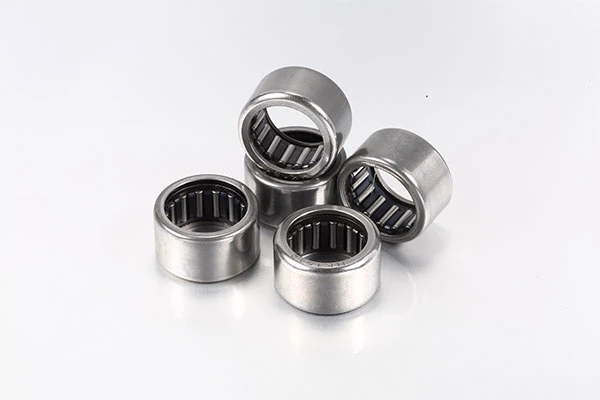
Maintenance Practices
- Lubrication
Lubrication is crucial for the smooth operation of needle roller bearings. The right lubricant helps to reduce friction, dissipate heat, and prevent wear. For most applications, grease is a common choice for lubricating needle roller bearings. It should be applied in the correct amount. Too little grease can lead to insufficient lubrication, while too much can cause overheating. The type of grease used should also be appropriate for the operating conditions, such as temperature and load.
- Inspection
Regular inspection of needle roller bearings is necessary. Visual inspection can help detect signs of wear, such as discoloration or pitting on the raceways and rollers. Check for any signs of leakage of lubricant, which could indicate a problem with the seals. In addition, measuring the bearing's vibration can provide valuable information about its condition. Excessive vibration may be a sign of misalignment, damaged rollers, or insufficient lubrication.
- Sealing
Good sealing is important to keep contaminants out of the bearing. Contaminants such as dust, dirt, and moisture can cause premature wear and failure of the bearing. Ensure that the seals are in good condition and properly installed. Replace seals if they show signs of damage or wear.
Troubleshooting Common Issues
- Overheating
If a needle roller bearing is overheating, there could be several reasons. Insufficient lubrication is a common cause. As mentioned earlier, if there is not enough grease or if the wrong type of lubricant is used, the bearing may overheat. Another reason could be misalignment. If the bearing is not properly aligned with the shaft and housing, it can cause increased friction and heat generation. In such cases, realigning the bearing and checking the lubrication system should be the first steps in troubleshooting.
- Excessive Noise
Excessive noise from a needle roller bearing can be a sign of problems. Worn or damaged rollers or raceways can cause noise. Foreign particles entering the bearing can also cause noise as they interfere with the smooth rolling of the rollers. In this case, disassembling the bearing, cleaning it thoroughly, and inspecting for damaged components is necessary. If damaged parts are found, they should be replaced.
- Reduced Load-Carrying Capacity
A reduction in the bearing's load-carrying capacity may be due to wear and fatigue. Over time, repeated loading can cause cracks to form in the raceways or rollers. This can be detected through inspection. If the bearing has reached the end of its service life due to excessive wear, it should be replaced with a new one.
In conclusion, proper maintenance and timely troubleshooting of needle roller bearings are essential for their reliable operation. By following the maintenance practices and being able to identify and solve common issues, you can ensure that your needle roller bearings perform optimally and have a long service life.





 HOME
HOME Applications of Needle Roller Bearings in Different Industries
Applications of Needle Roller Bearings in Different Industries  You May Also Like
You May Also Like
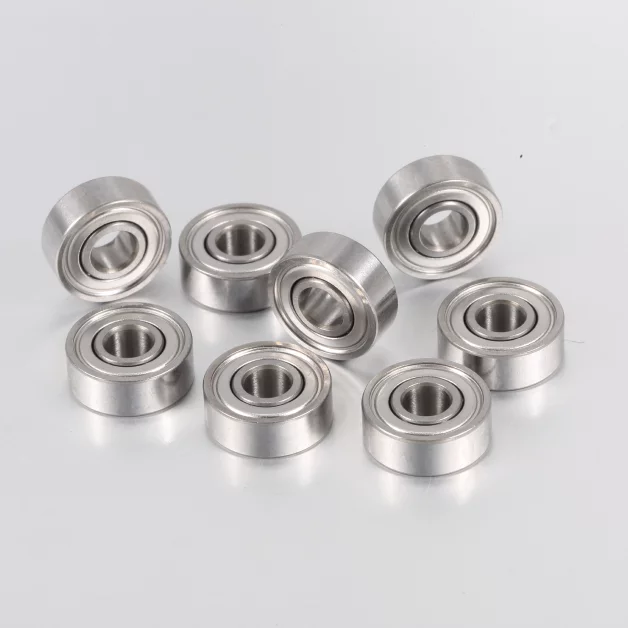

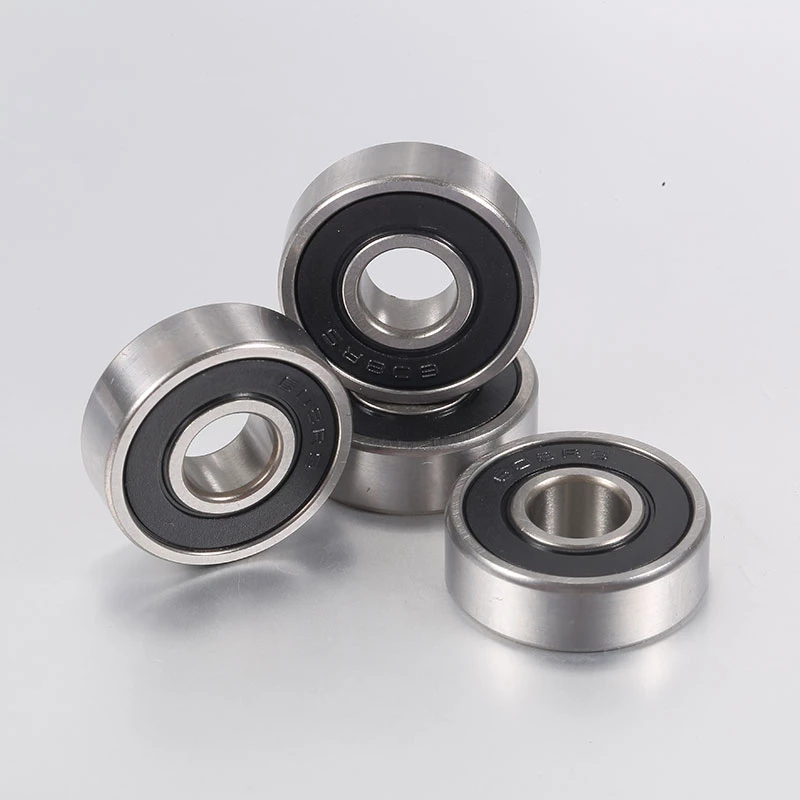
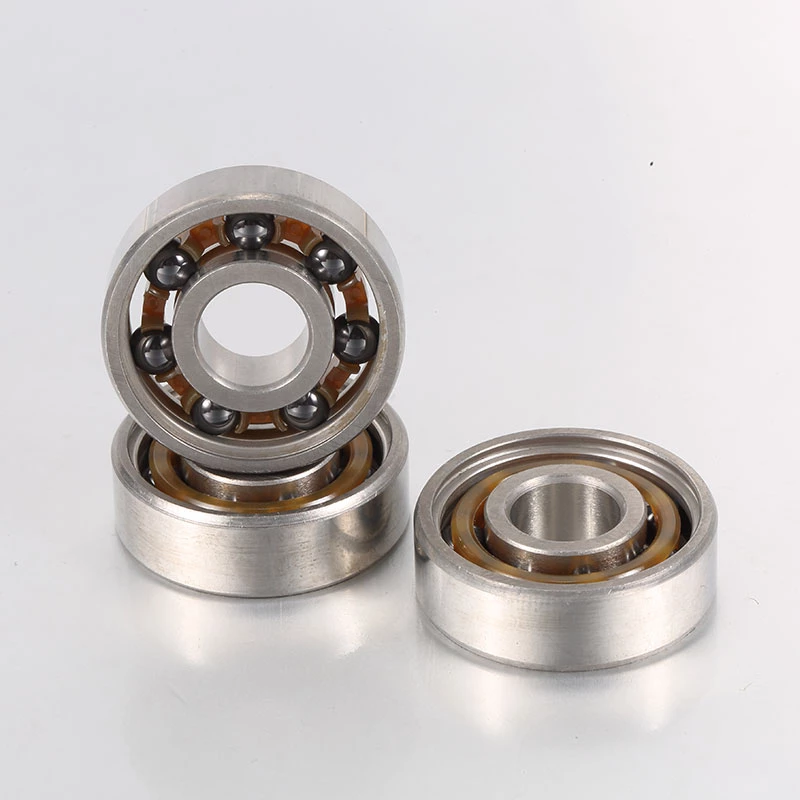
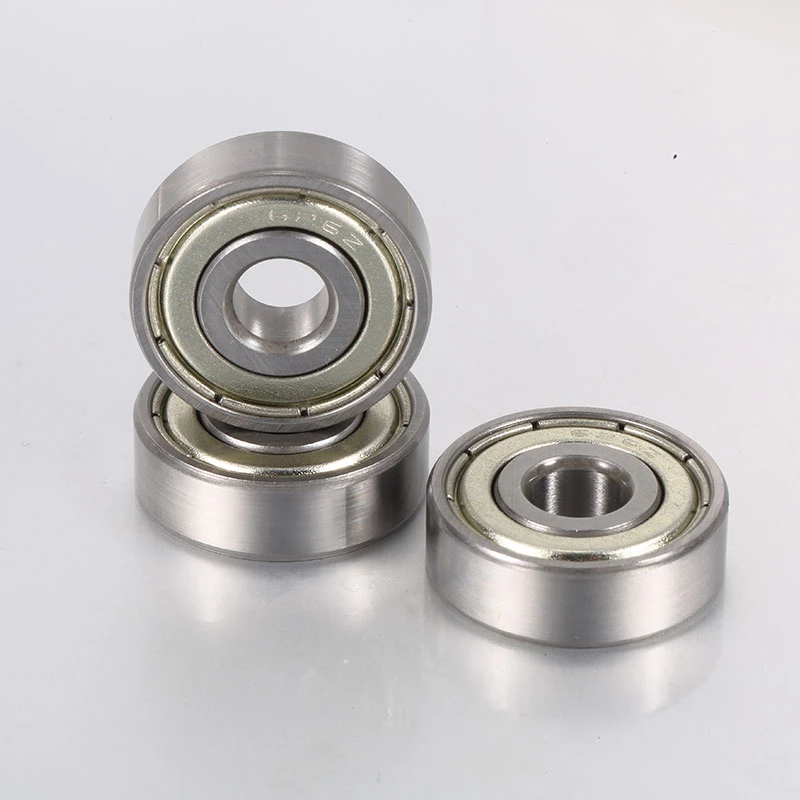
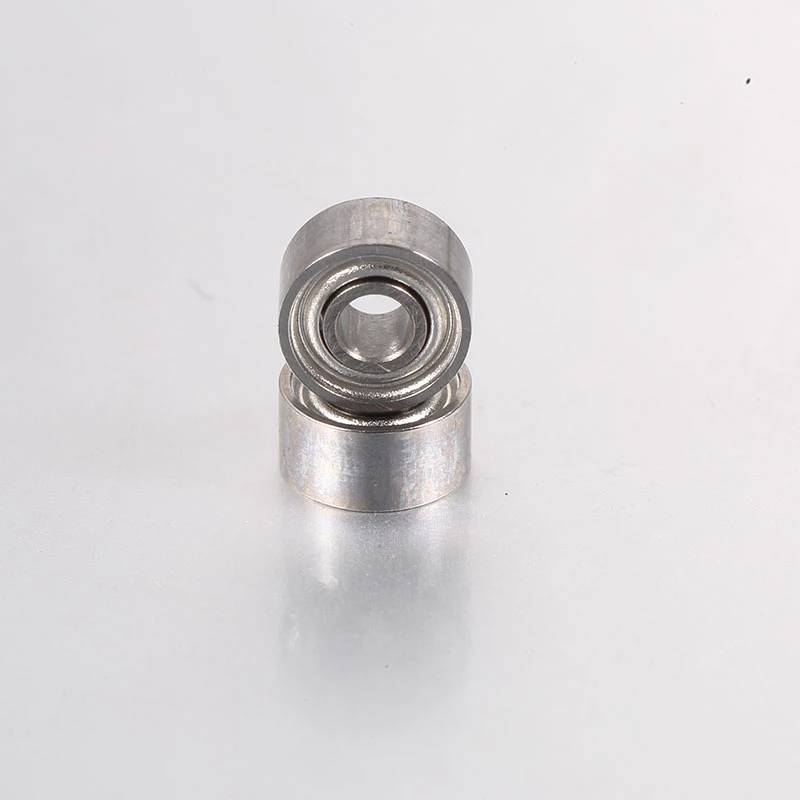
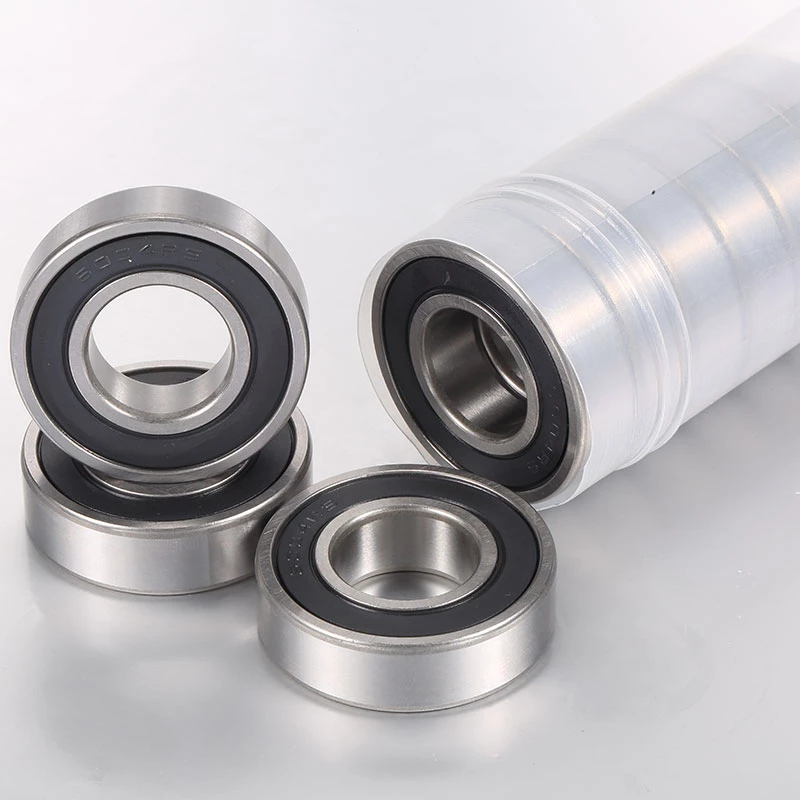
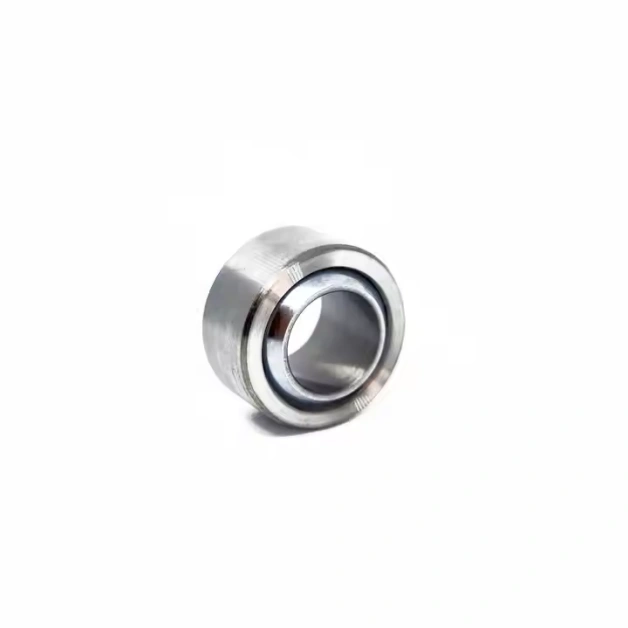
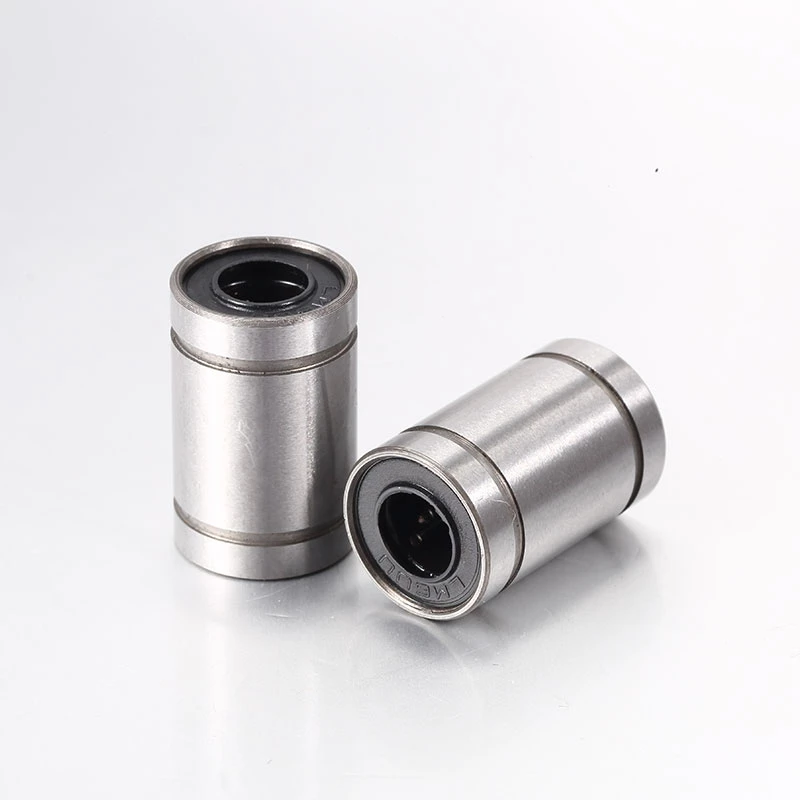
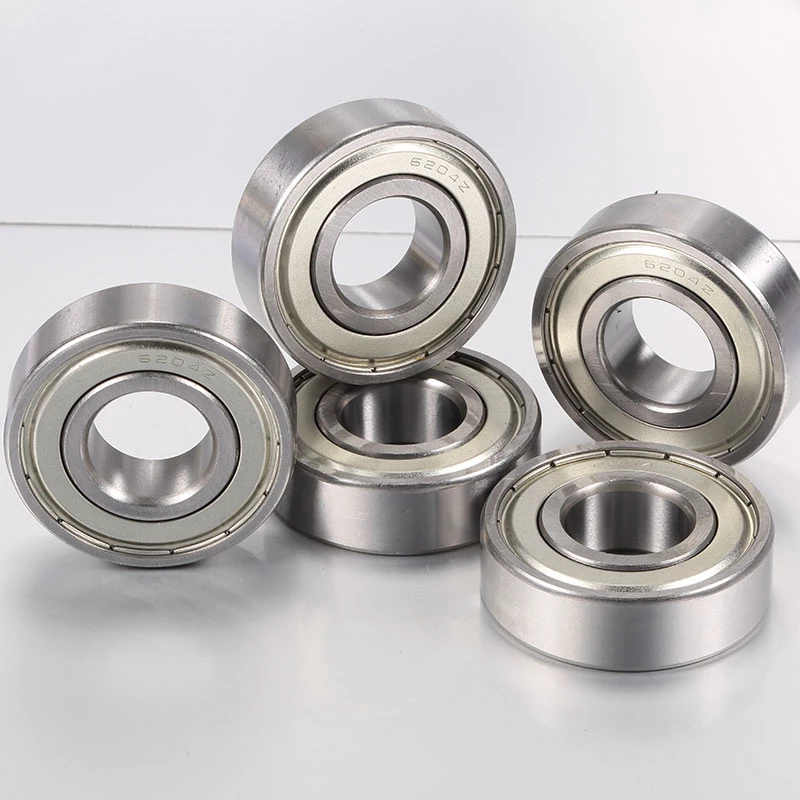
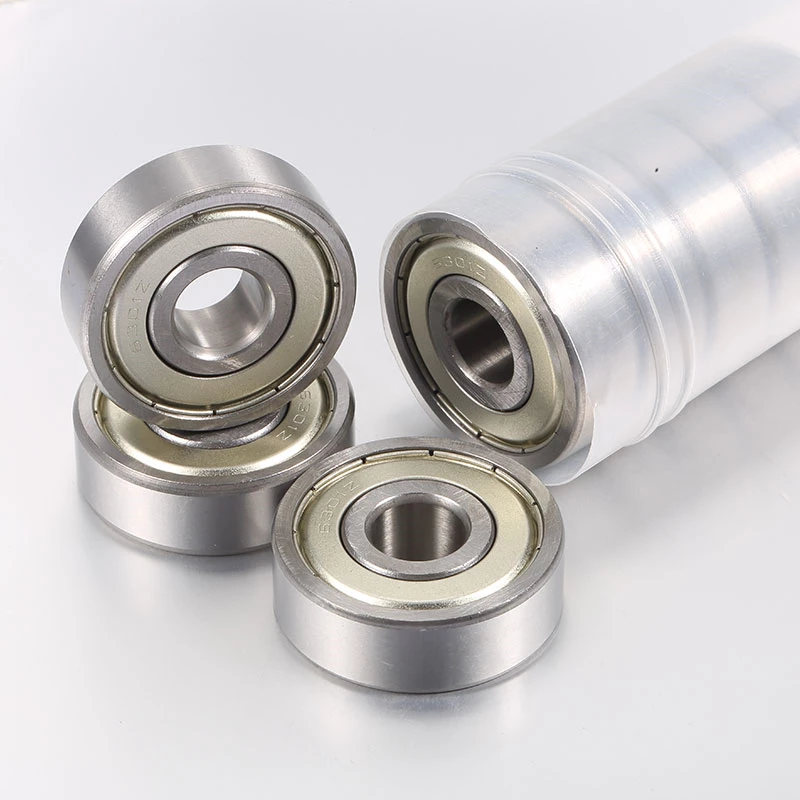
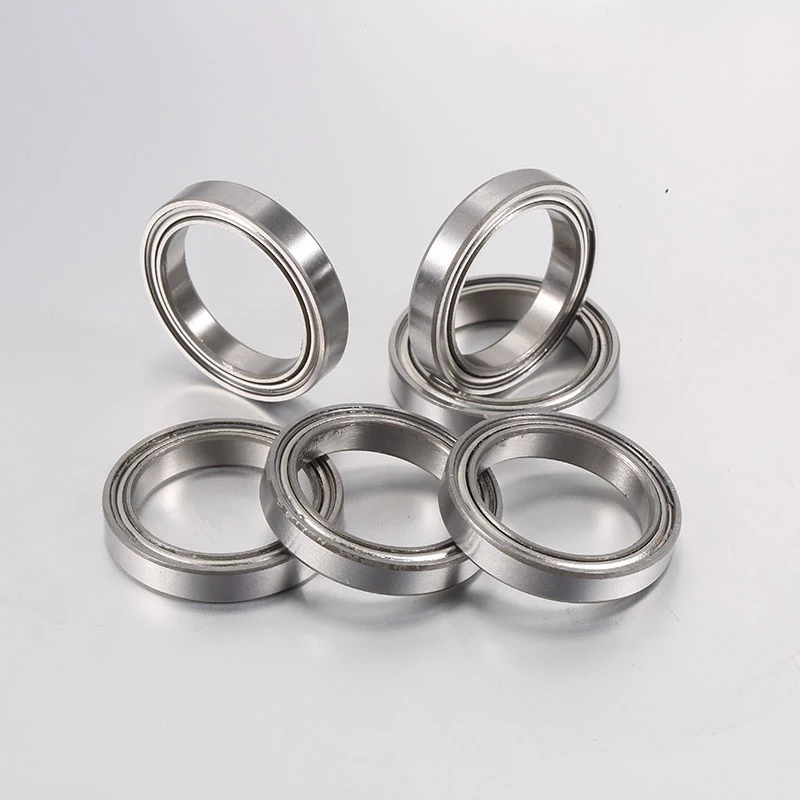
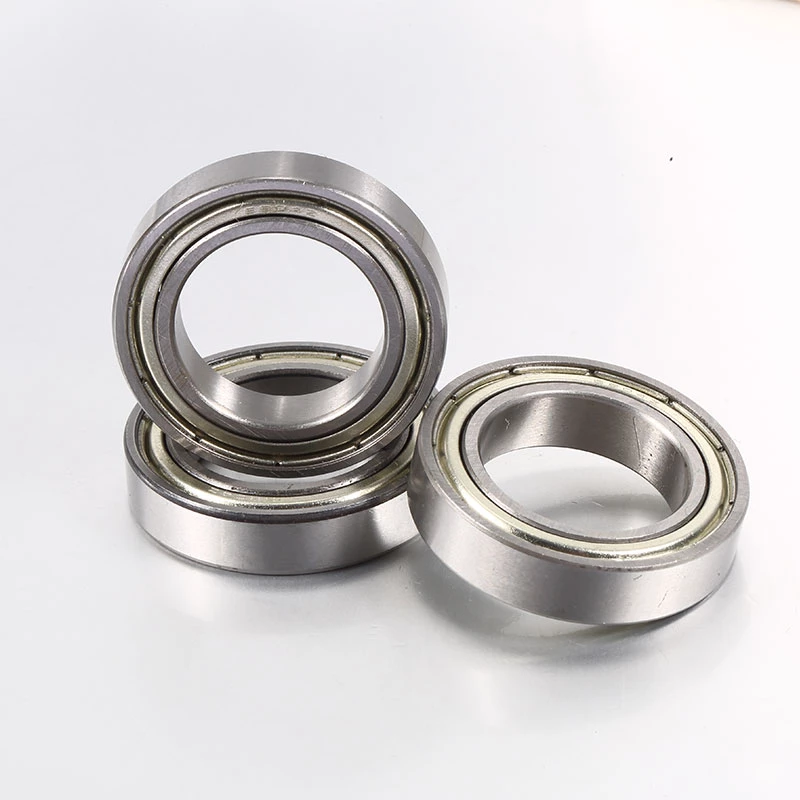
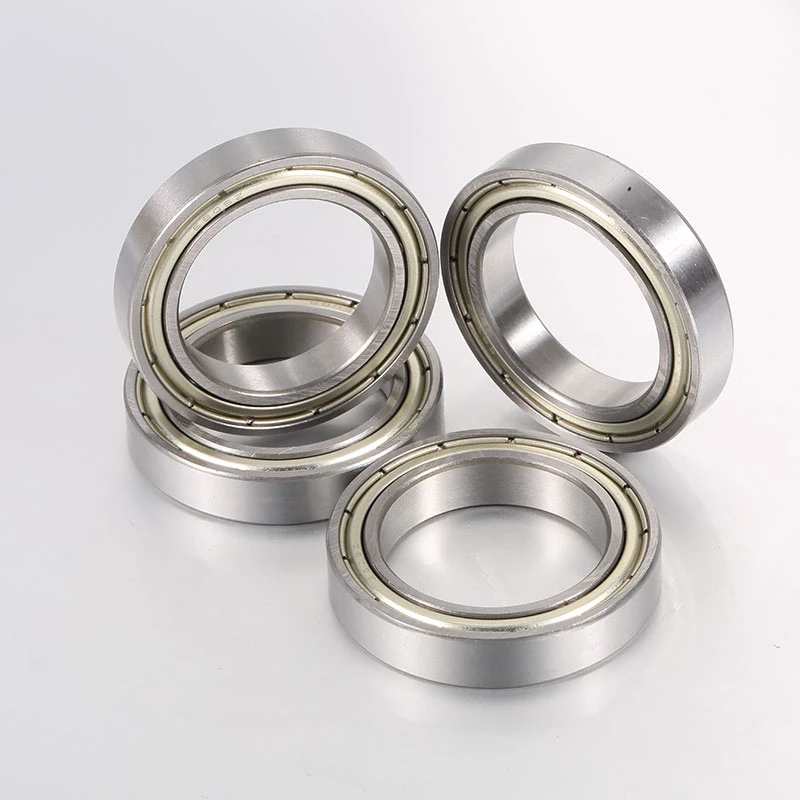
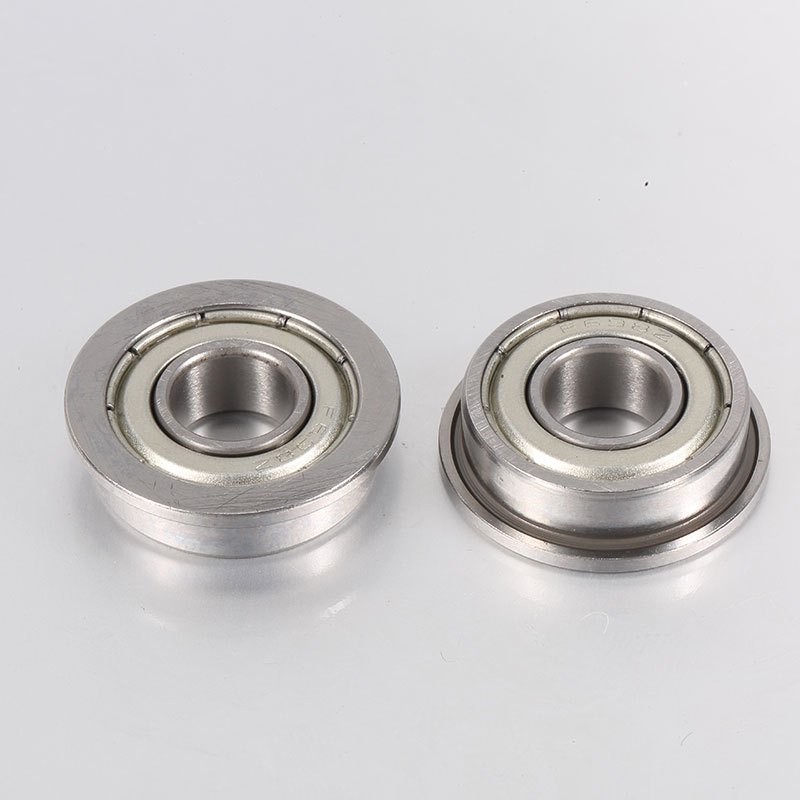
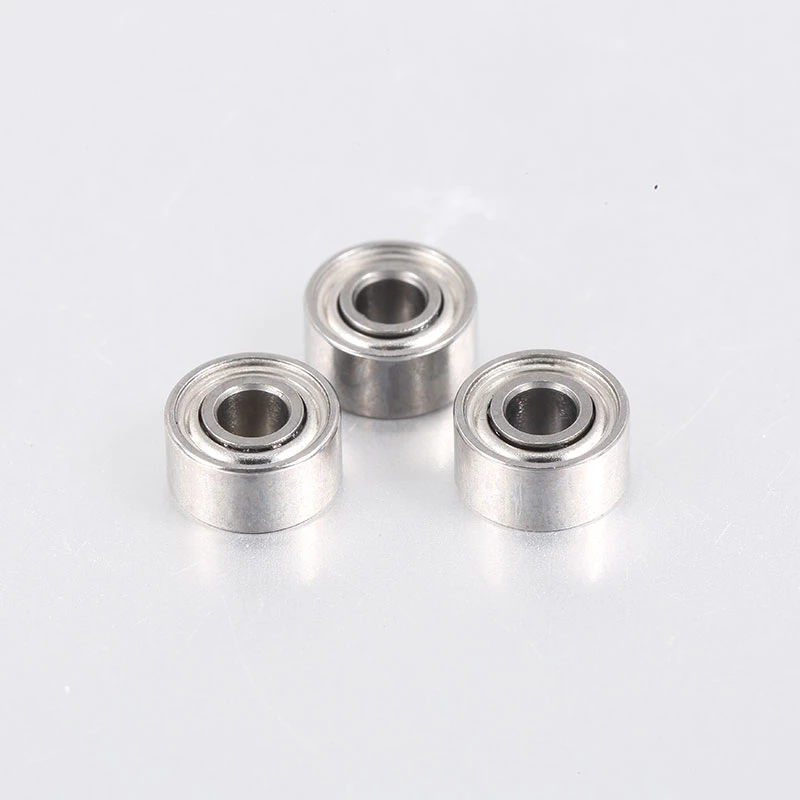
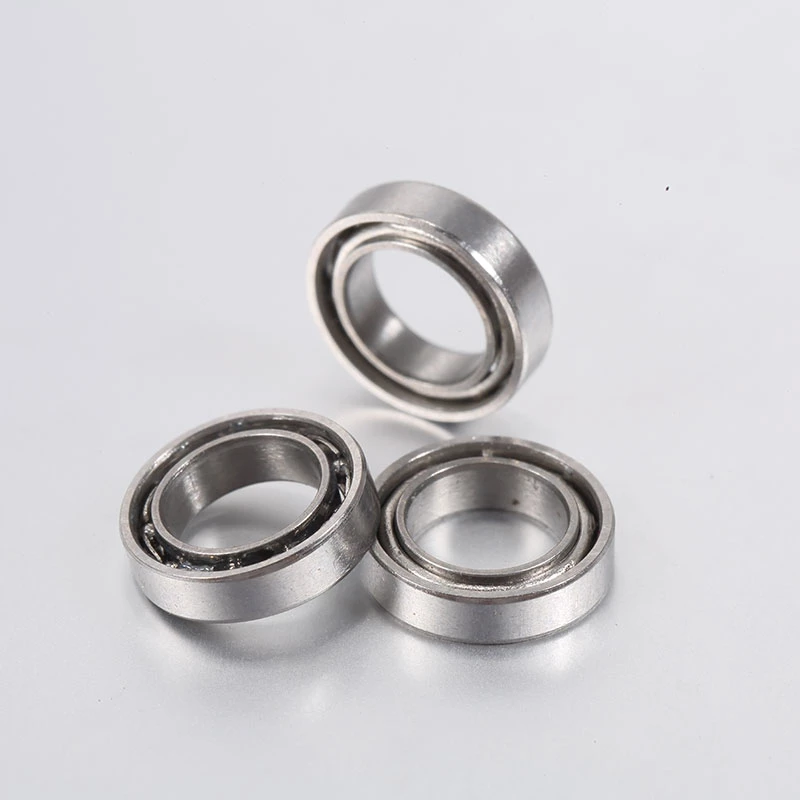
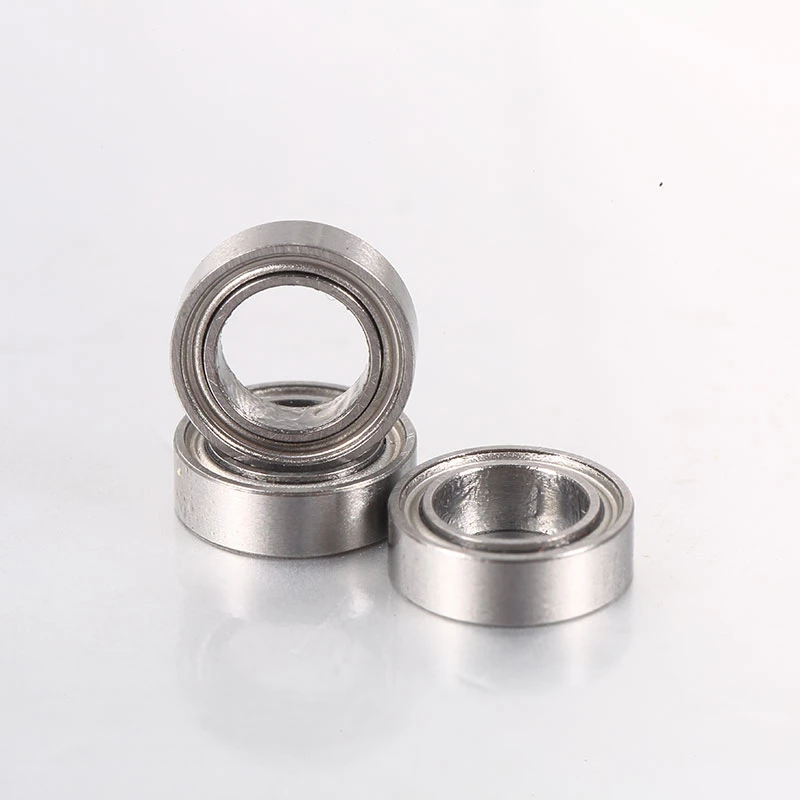
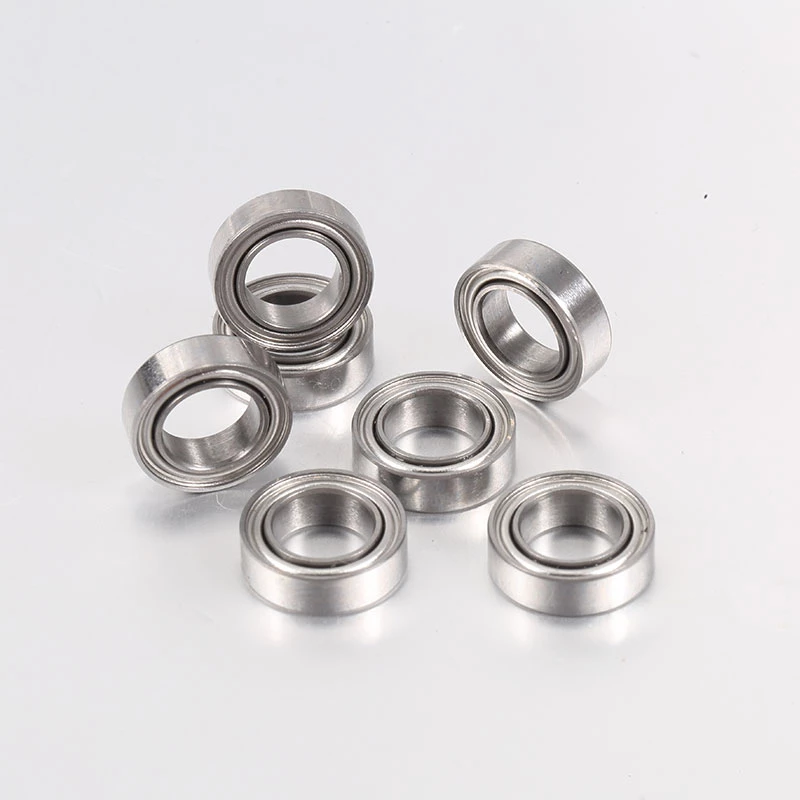
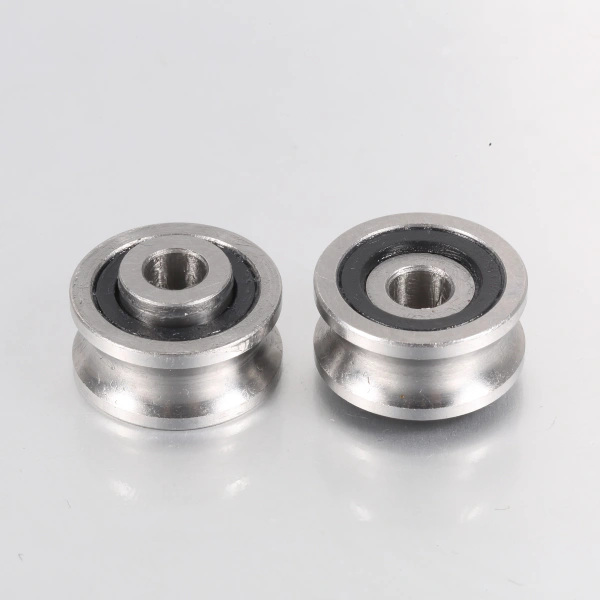
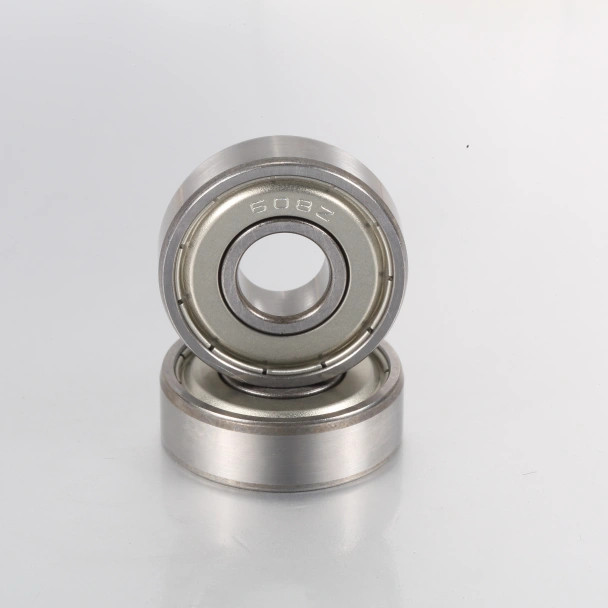

 Tel
Tel
 Email
Email
 Address
Address











 Let’s Talk
Let’s Talk

